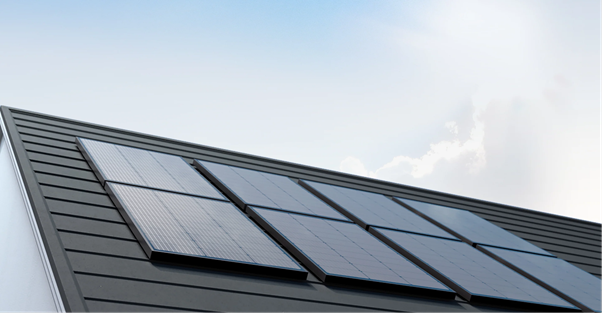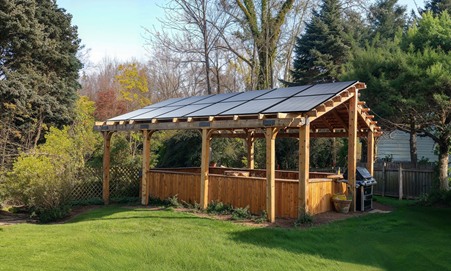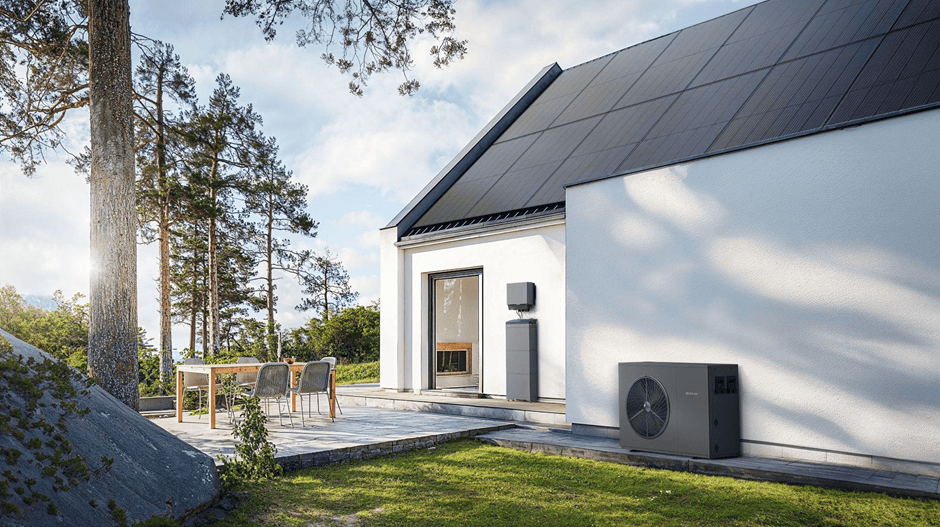Does Solar Energy Cause Pollution?
There are some misconceptions surrounding solar energy and its environmental impact. Some believe that solar panels, also called photovoltaics, contribute to pollution, while others question their sustainability. However, solar power is one of the cleanest and most efficient sources available today. This article will explore how solar power affects the environment, the myths versus facts about its pollution potential, and why it remains a critical component of a sustainable future.
Does Solar Energy Produce Pollution?
Solar power is one of the cleanest power sources we have available. It produces zero greenhouse gases or pollution during use. While some greenhouse gases and pollution are created during manufacturing, the amount is negligible compared to other power sources and is more than offset during its use phase. Furthermore, proper disposal via recycling rather than landfilling prevents concerns about their causing environmental contamination once they reach the end of life.

How Does Solar Energy Affect the Environment?
Raw Materials and Mining
Photovoltaics require silicon, aluminium, and other materials, most of which are still mined. All mining impacts the environment. However, as the recycling industry grows, more materials will be obtained from recycled materials, further increasing their sustainability.
People often assume photovoltaics contain toxic metals, but most contain little to no hazardous materials. Compared to oil and petrol, which emit enormous amounts of toxins directly into our air, photovoltaics emit none. Those that do contain heavy metals are recovered via recycling when they reach their end of life, so none ever ends up causing environmental contamination.
Energy Consumption During Production
Everything we manufacture and transport from factories to consumers requires energy. Much of this relies on fossil fuels simply because our world is still switching to renewables. As more countries start using renewable power, manufacturing will become greener.
Still, even if we assume that the energy of production and transportation is 100% from fossil fuels, using photovoltaics offsets those emissions within the first 3 years of their use. This means they change from having net carbon emissions during production to negative emissions after the first 3 years. Since they should last about 30 years, they prevent enormous energy expenditures and emissions for about 90% of their lifespan.
Water Usage
Traditional power sources like coal, natural gas, and nuclear require mass amounts of water for cooling. Photovoltaics require no water, so they can be used anywhere in the world, even in deserts. Even the minimal once or twice-a-year cleaning they require uses very little water.
Impacts on Farmland
Another common misconception is that photovoltaics use valuable farmland. First, photovoltaic farms are never installed on valuable farmland because marginal lands that make poor farmland work perfectly. Furthermore, photovoltaic farms can be used in conjunction with agriculture. Especially in hot climates, they produce shade, helping reduce excessive heat and reduce water loss, increasing crop yields and extending their growing season. On grazing lands, photovoltaics increase forage quality and reduce water usage while providing shade for livestock. So, rather than pose a threat to global food security, they improve it.

Solar Energy: The Positives
Carbon Footprint Reduction
Photovoltaics generate electricity by harnessing clean, renewable sunlight. Unlike fossil fuels, they produce no carbon emissions to generate power, allowing the average UK household to reduce carbon dioxide emissions by 1.5 to 2 tonnes annually. Using battery storage like EcoFlow PowerOcean (Single-Phase) enables you to use solar at night and during bad weather, further reducing your reliance on grid power.
Conservation of Natural Resources
Since photovoltaics require no consumables, fuel, or water, this significantly conserves natural resources. As more people use them, more will be recycled and used to remanufacture new panels, further conserving natural resources. Finite resources like fossil fuels continually need extraction, refining, transportation, and combustion, depleting our resources from the cradle to the grave.
Reducing Reliance on Fossil Fuels
Greenhouse gases are not the only problem with fossil fuels; they emit harmful compounds into the air, soil, and water. For example, their combustion directly emits sulfur dioxide, nitrogen oxide, and toxic metals into the air, causing an estimated 5.13 million excess deaths annually from air pollution alone.
Long-Term Sustainability
Solar panels are efficient, require no consumables, are recyclable, and use clean, renewable power from the sun, promising long-term sustainability. As recycling advances and grows, it will become even more sustainable.
Benefits for Homeowners
The most obvious benefit for homeowners is the dramatic reduction in your monthly utility bills. You can use photovoltaics to power a house and use domestic battery storage at night or during bad weather when your panels are not producing power. For instance, with the EcoFlow PowerOcean (Three-Phase), starting at 5kWh and expandable to 45kWh, you can go off-grid altogether. If you already have photovoltaics, you can retrofit by installing the EcoFlow PowerOcean DC Fit between your photovoltaics and your existing inverter to maximise your solar energy without redesigning your system. Photovoltaics increase home values, adding further benefits.
What Is the Cleanest Energy Source?
● Solar uses only sunlight, producing no carbon emissions or pollution.
● Wind power uses only wind, producing no carbon emissions or pollution.
● Hydropower uses water to create power. However, dams produce some methane due to the decomposition of organic matter.
● Geothermal energy relies on heat from within the Earth. Depending on the source, small amounts of carbon dioxide and sulfur dioxide may be released.
Are Solar Panels Bad for the Environment?
Photovoltaics require raw materials and energy to produce, just like anything we manufacture. However, they use no water and create no pollution or greenhouse gases during their operation, requiring only sunlight to operate for their roughly 30-year lifespan. This makes them a critical part of a sustainable future.
Their disposal has been argued to be bad for the environment, but this is another misconception. Photovoltaics are recyclable, with 80-100% of materials being recoverable with today’s technology. Since 70% of the photovoltaics in use today were installed in the last 5 years, recycling facilities will be even more efficient and widely available by the time they reach the end of their life.
Frequently Asked Questions
What Is the Most Polluting Energy Source?
Coal is the most polluting source, containing the most contaminants and producing the highest amount of greenhouse gases per unit of energy when burned compared to other fossil fuels.
What Are the Negative Effects of Using Solar Energy?
The few negative effects of using solar energy include a high initial purchase cost, dependence on weather, and minimal impacts from manufacturing and disposal, which are being improved yearly.
Is Solar Energy 100% Environmentally Friendly?
No energy source is 100% environmentally friendly when considering its manufacturing and disposal phase. However, it uses only sunlight and produces zero pollution during its roughly 30-year lifespan and advances in recycling make their disposal even more sustainable.
Final Thoughts
Solar energy is undeniably one of the cleanest and most sustainable sources available. While some environmental impacts are associated with manufacturing and disposal, the benefits far outweigh the drawbacks. Photovoltaics produce no emissions or pollution during their operation, and they significantly reduce reliance on fossil fuels. As the industry grows, recycling will advance and become even more widely available, enhancing sustainability. If you're considering switching to solar, explore the EcoFlow PowerOcean (Three-Phase) battery storage to maximise efficiency.



